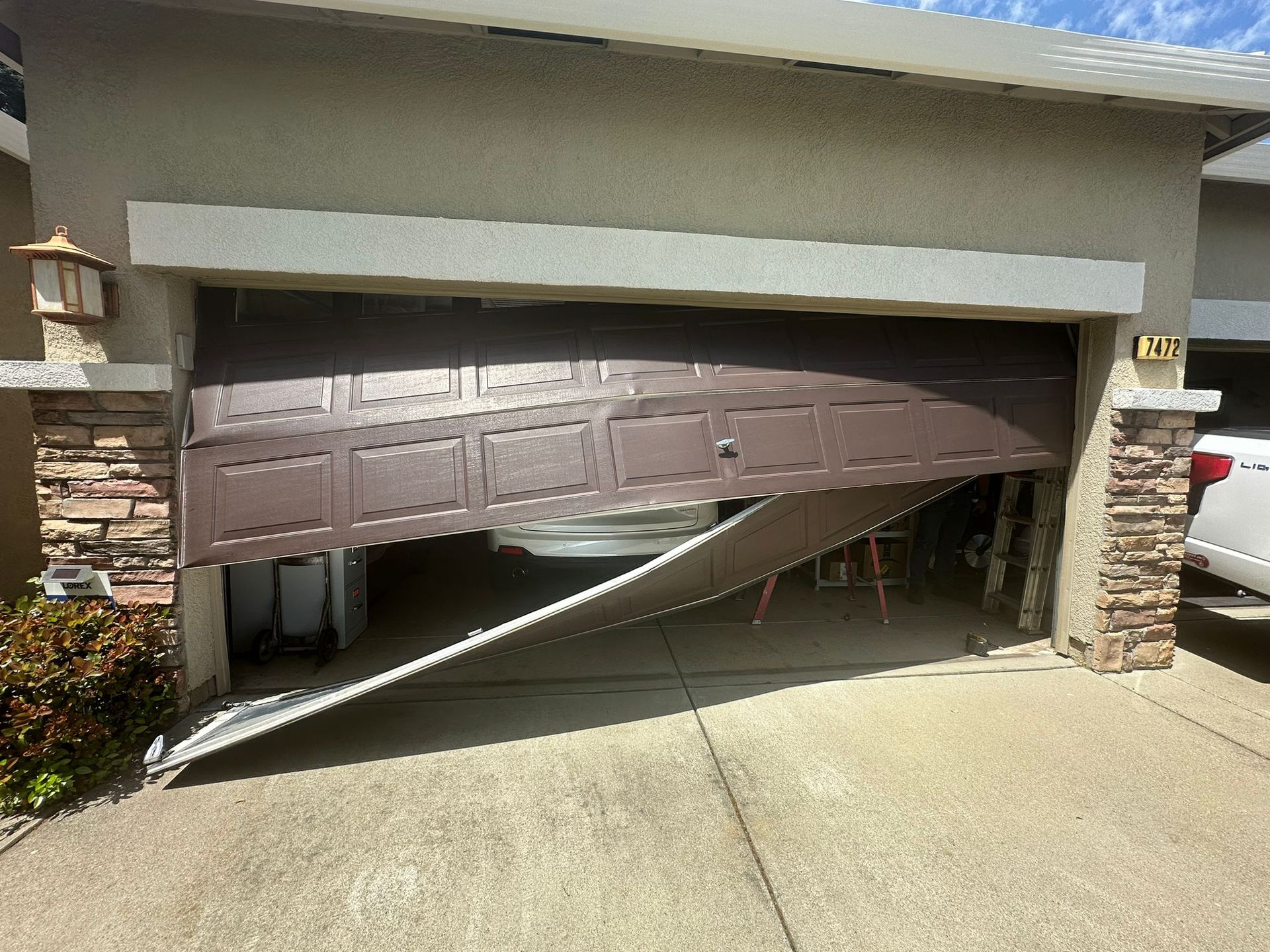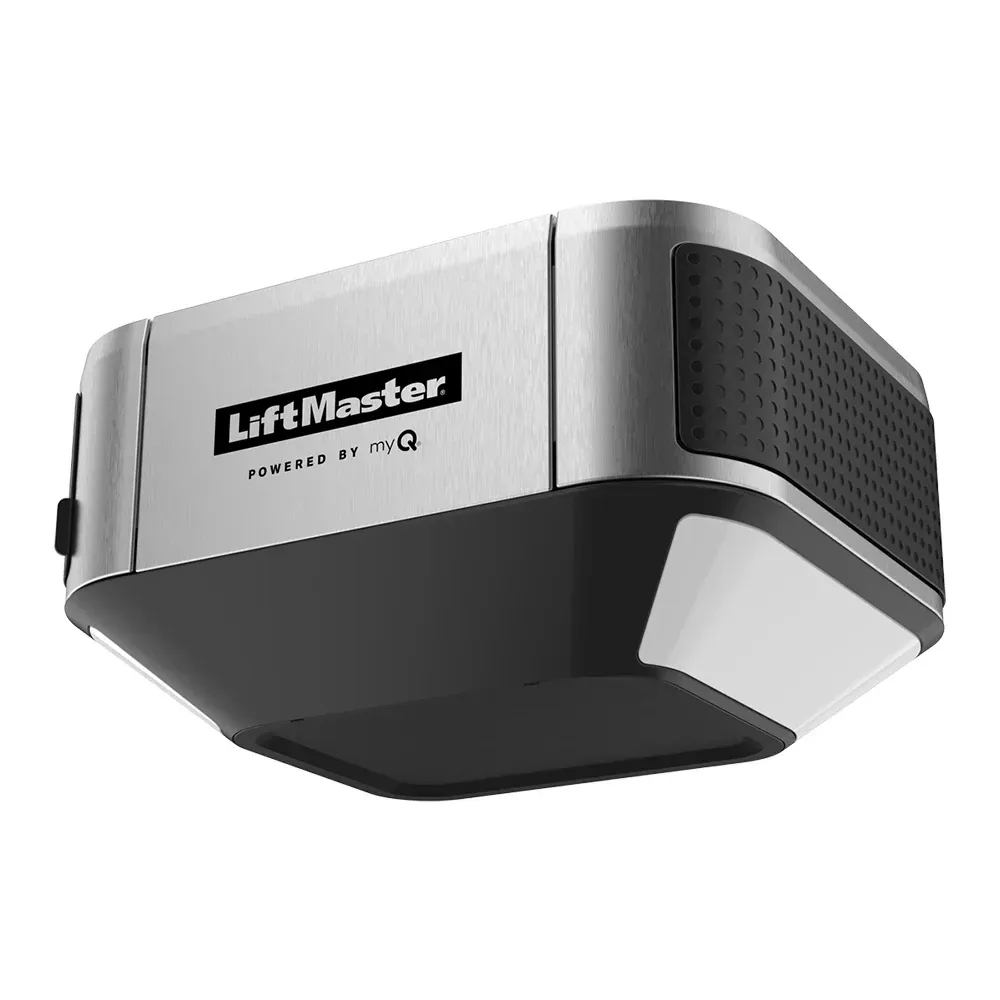
Your garage door is likely the largest moving part of your home, and its smooth operation relies heavily on a crucial component: the garage door springs. These powerful springs bear the brunt of the door's weight, making it feel light enough to open manually or for your opener to lift effortlessly. But like any hardworking part, they can wear down and develop issues. When your garage door springs are having problems, it's not just an inconvenience – it can be a safety hazard. Knowing what to look for can help you identify issues early and prevent further damage or potential accidents. Here are the key signs that your garage door springs might be in distress: 1. The Obvious: A Broken Spring This is perhaps the most unmistakable sign. Garage door springs, especially torsion springs, are under immense tension. When they break, it's often with a loud bang that sounds like a gunshot. What to look for: A visible gap: If you have a torsion spring (the long one mounted horizontally above your garage door), you'll see a clear separation in the coil, usually an inch or two wide. A dangling spring: For extension springs (the two springs running parallel to the horizontal tracks), one or both might be visibly stretched out of shape or hanging loosely. The door won't open: If a spring is broken, your garage door opener will struggle immensely, or simply won't be able to lift the door at all. Attempting to open it with a broken spring can damage your opener. Extreme heaviness: If you try to lift the door manually, it will feel incredibly heavy, almost impossible to move.

